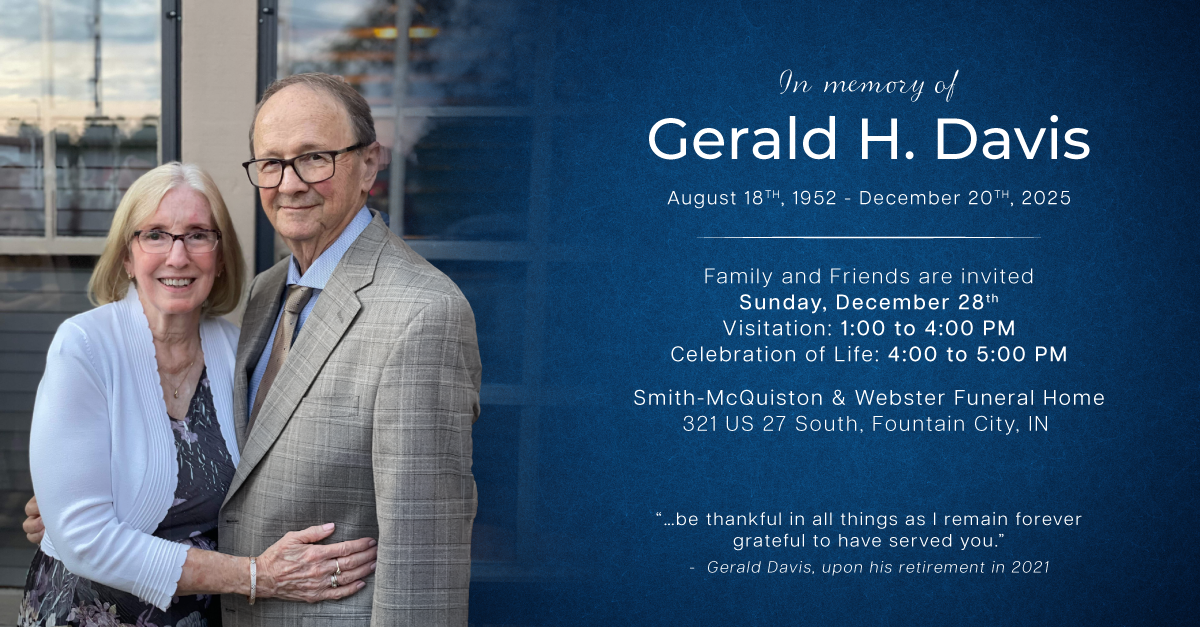Three Primary Reasons People Grieve on Social Media
This article originally appeared on HuffingtonPost.com.
The below article is pack with great insight to the reasons why people grieve publicly on social media. Online grieving is very similar to how people grieve offline but one characteristic that is amplified online is mass grieving. Social media breaks down the walls that are built by distance and geography. Regardless of a persons geographical position social media allows the grieving process to happen across continents simultaneously.
The Reasons We Grieve on Social Media
The communication of grief on social media is a display that many of us have not only witnessed, but also taken part in. When a person loses someone that they love very deeply, the sadness is overwhelming. The way a person experiencing that kind of grief feels is not easily defined, but trying to understand why certain mediums comfort them can be beneficial to everyone. What role does social media play in the grieving process? By studying trends, some researchers have been able to understand the motives and psychological focal point for this kind of activity. Through online interaction, emotions are displayed and discussed in a public and social way like they never were before. This not only changes the way we handle the living, but also the deceased.
I have discovered that people use social media for three primary grieving purposes. The first is to build a bridge of perpetual existence through a deceased loved one’s social pages. The second is to participate in mass grieving that exists very strongly through the Internet. And the third reason is for the condolence, support, acknowledgement and sense of belonging from the living that engage in their displays of grief.
In a study of Facebook memorial pages it was determined that most of the people wrote messages directly to the deceased, as though that person were reading it from the after life. In this study, Degroot (2012) found that the people would even reach out to the deceased through the page and ask them for guidance or protection. In a study completed by (Kern, Forman & Gil-Egui, 2013), it was discovered the “majority of pages returned showed that people posting to the RIP pages are writing in the second person (e.g., ‘watch over us from heaven’). Pages written in the second person outnumber first and third person pages by a margin of nearly 2:1” (p.3). In the same study it was discovered that majority of those who had memorial pages created for them were under 25 years old and were killed in a tragic or unexpected manner. Because of this fact, those who lost the person used Facebook pages to rationalize their death and ask the deceased questions.
This displayed the existence of maintaining a relationship with the deceased and speaking to them as though he or she is able to receive messages. The posts recognized that the person was no longer living, but to an extent were formulated in a way that portrayed a sense of detachment from reality. With communication relying as heavily on technology as it does today, this makes sense. Friends and family stay in touch and share their lives with each other every day through online and mobile mediums, and therefore this kind of communication creates a very strong connection for grieving individuals. This continual existence of the deceased eases the pain of those involved because it causes them to feel as though their messages can still be received, and a part of their relationship can still continue (Degroot, 2012).
Mass grieving is another primary motivation behind grieving on social media. The Internet makes it possible to eliminate geographical boundaries and extend a close-knit community to a larger group of people to experience a loss with. Prior to the existence of social media, when a disaster occurred that affected and killed a large amount of people, the bulk of the grieving was done on a smaller scale with family and friends. People grieve on a national platform because it makes them feel as though they are not alone in their pain. There is a psychological need within the grieving process to feel as though pain is not merely isolated to the person experiencing it.
Research conducted by (Wandel, 2009) discovered that it actually creates a sort of community for grief. Wandel investigated the role that social media played among young people in the tragic incident of the Virginia Tech shootings that resulted in the deaths of 33 students. The tragedy caused the study body to have a plethora of negative emotions and go through a long grieving process. Though this institution is very large and a lot of students may not have personally known someone that was injured or murdered, they all grieved together. Facebook was a forum for emotions and for communications about services, events and news surrounding the tragedy. Those seeking support were able to seek it from a large amount of people and the research discovered that social media was very beneficial during this particular crisis. This is a prime example of this kind of larger scaled grieving and can be related to many other similar situations and an accurate portrayal of the reasoning behind partaking in it (Wandel, 2009).
Read full article from HuffingtonPost.com
Still need to learn more about social media and what DISRUPT Media does for funeral homes? Schedule a 15 minute demo with Ryan. Email ryan@disruptmedia.co or fill out the contact form here: http://www.disruptmedia.co/funeral




